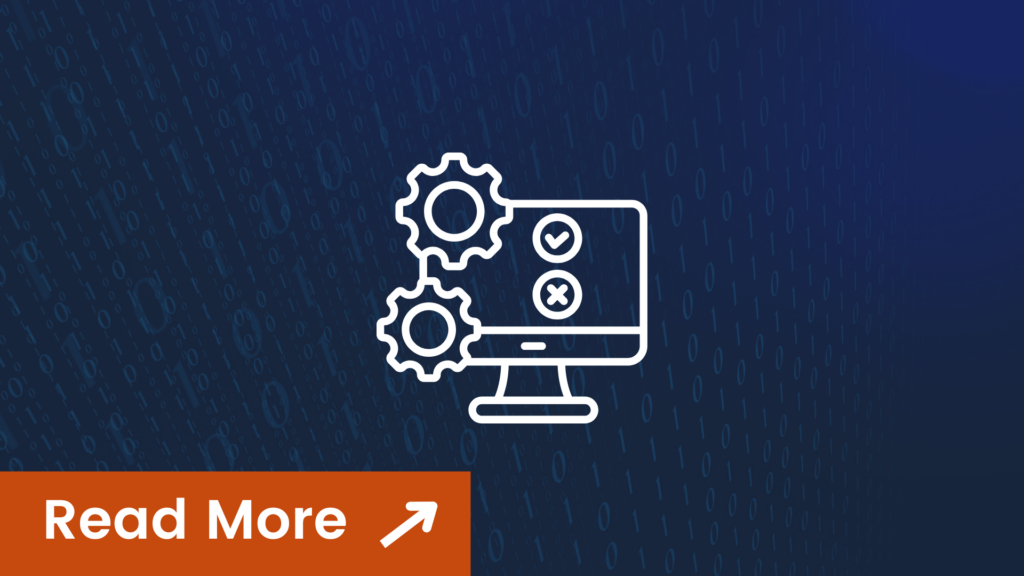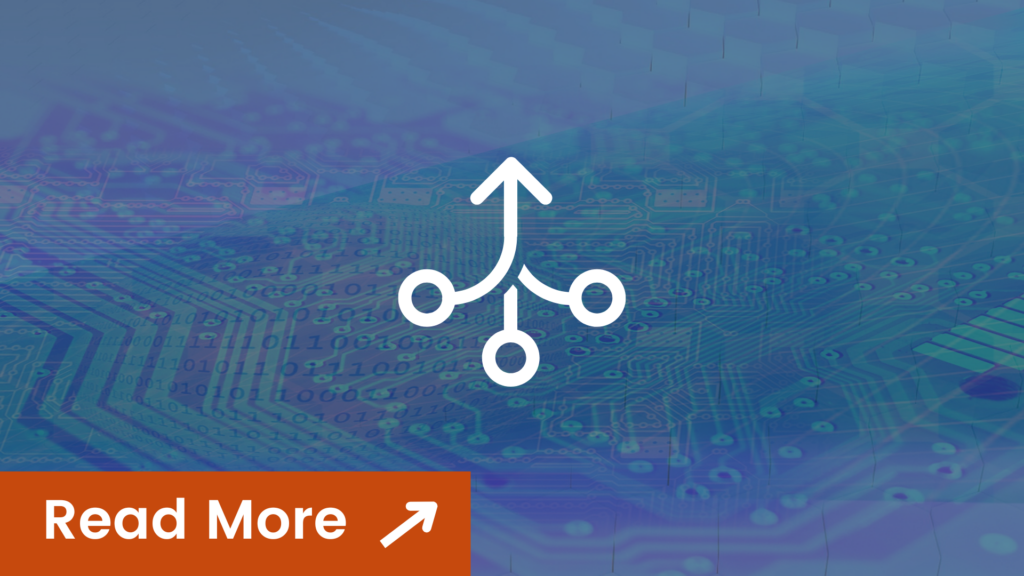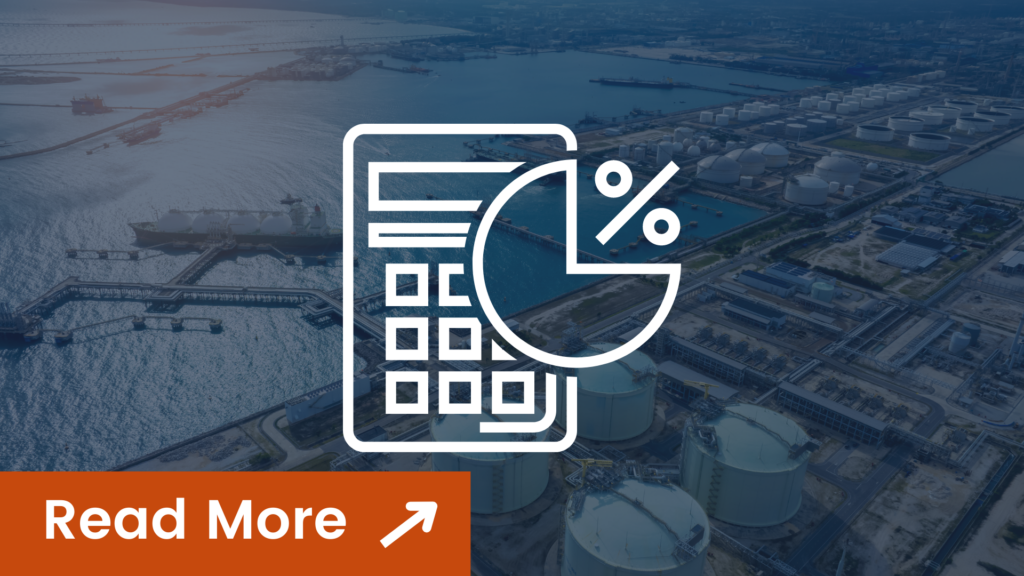Powering Energy Operations with Effective Natural Gas Scheduling

Key Strategies and Expert Insights Unlocking Scheduling Excellence for Energy Companies Designed to streamline and optimize every aspect of gas transportation and delivery, Horizon helps energy companies stay ahead in a complex, fast-moving market. Paired with Value Creed’s deep expertise in Allegro/Horizon scheduling, businesses gain the precision and control needed to manage even the most […]
Boost Allegro’s Operational Efficiency through ATA Automation

Automate and Optimize Maximize Efficiency with Value Creed’s ATA Enhancements The Automation Tool for Allegro (ATA) is a core feature of the Allegro Horizon platform, designed to streamline repetitive tasks and processes within the Allegro ecosystem. While ATA is embedded in the system, Value Creed enhances its functionality by delivering tailored automation solutions to meet […]
Achieving Operational Efficiency with ETRM Consolidation

The Path to Operational Efficiency Achieve Operational Efficiency Through ETRM Consolidation As energy companies expand into new markets, regions, or commodities, they often face challenges managing multiple ETRM systems. The need for consolidation arises, but how can this be achieved efficiently while minimizing risks? Recognizing that ETRM consolidation isn’t a one-size-fits-all solution, adopting a tailored […]
Achieving a 60% Margin Management with Enhanced Liquidity

Optimizing Energy Trade Efficiency Operational Enhancement A financial commodity trading firm faced a significant challenge with managing collateral margin requirements when clearing positions through brokers. Fluctuating margin requirements, ranging from 3-12% of a position’s notional value, were driven by market volatility, making liquidity management difficult. Low interest rates on margin balances meant that excess capital […]
Enhancing Your ETRM Landscape with a Modular Approach

Leveraging Data Management for Optimal Performance Monolithic vs Modular ETRM ETRM systems are game-changers for companies across the energy value chain; from upstream oil and gas producers to downstream retailers. To manage complex business operations effectively, organizations must choose between a monolithic ETRM system, which centralizes functions, or a modular approach with specialized tools. Each […]
Automating Natural Gas Scheduling: Loss & Rate Calculations with Allegro

Boosts Efficiency and Flexibility Shifting Terrain of Natural Gas Scheduling: Embracing Automation In the dynamic world of natural gas scheduling, changes in base loss and rate percentages are a common occurrence. This volatility stems from various factors such as market dynamics, regulatory shifts, operational costs, infrastructure upgrades, economic fluctuations, contractual amendments, and seasonal demand fluctuations. […]

